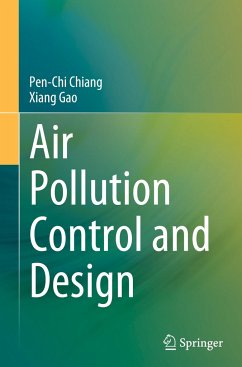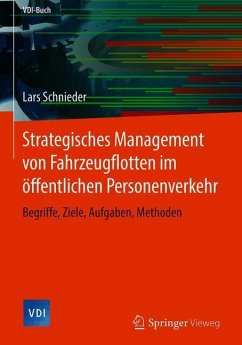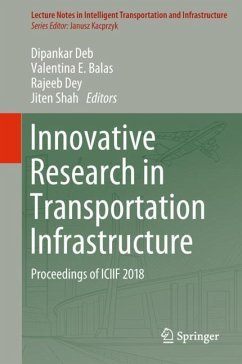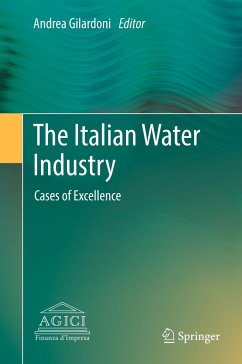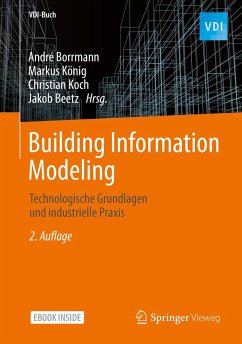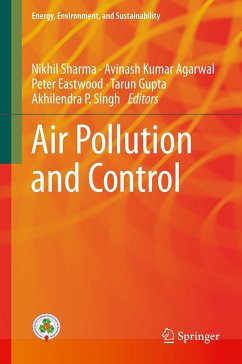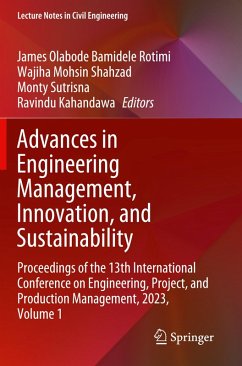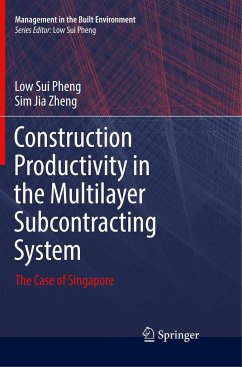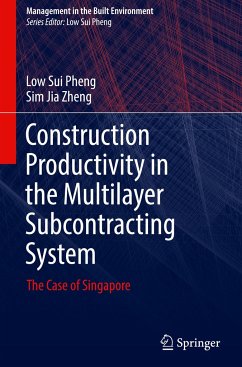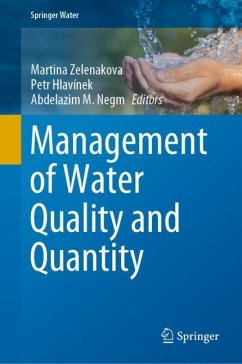
Air Pollution Control and Design
Versandkostenfrei!
Versandfertig in 6-10 Tagen
77,99 €
inkl. MwSt.
Weitere Ausgaben:

PAYBACK Punkte
39 °P sammeln!
This book focuses specifically on the environmental issues related to the air pollution control and design. It is divided into four parts: (1) Fundamentals of air pollution control, (2) fundamentals of energy utilization, (3) gaseous control and design, and (4) particulate control and design, each consisting of four to six chapters. The topics covered in this book not only introduce the basic concepts of air pollution control and design but also address the fundamentals of energy utilization in the context of good engineering practice and policy instruments. It also features several innovative...
This book focuses specifically on the environmental issues related to the air pollution control and design. It is divided into four parts: (1) Fundamentals of air pollution control, (2) fundamentals of energy utilization, (3) gaseous control and design, and (4) particulate control and design, each consisting of four to six chapters. The topics covered in this book not only introduce the basic concepts of air pollution control and design but also address the fundamentals of energy utilization in the context of good engineering practice and policy instruments. It also features several innovative technologies and integrated methodologies relating to gaseous and particulate matter control and design. To facilitate technology integration and meet the need for comprehensive information on sustainable development, the book discusses a wide range of areas concerning the principles, applications, and assessment of air pollution control and design and thermodynamics, heat transfer, advanced combustion and renewable energy for energy utilization. It also features regulations and policy instruments adopted around the globe as well as several case studies. Presenting the emerging challenges, new concepts, innovative methodologies, and resolving strategies, as well as illustrative and inspiring case studies, it appeals to a wide range of readers, such as researchers, graduate students, engineers, policy makers, and entrepreneurs.



